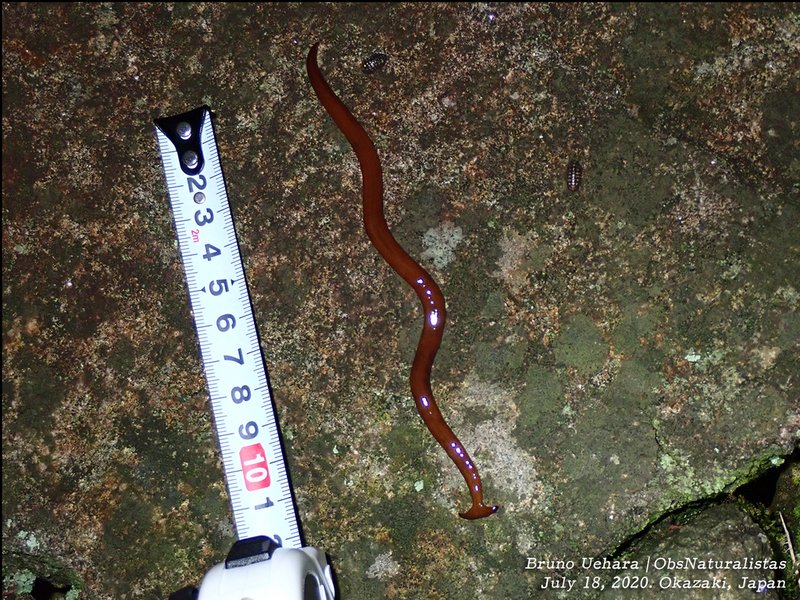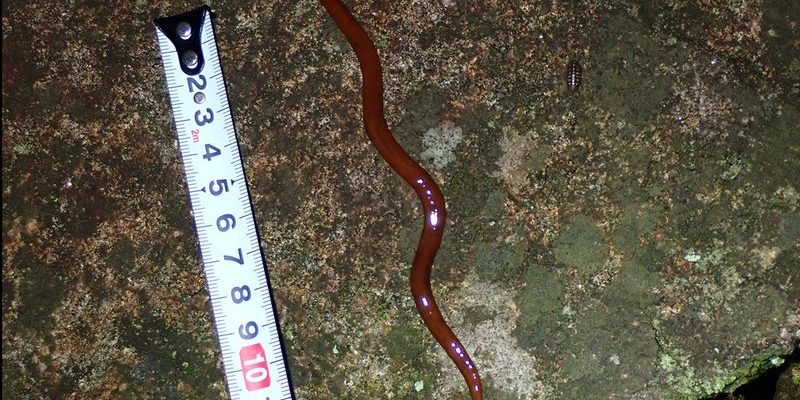
You might be wondering what exactly a Malayan hammerhead worm is and why it has attracted so much attention. Picture this: it’s like finding a hidden gem in your backyard, one that holds secrets about biodiversity and ecological balance. Let me explain more about this fascinating creature, its habits, and why it matters to our planet.
What Exactly Is a Malayan Hammerhead Worm?
At its core, the Malayan hammerhead worm (scientific name: *Bipalium kewense*) is a type of flatworm belonging to the family Geoplanidae. These worms are native to Southeast Asia, but they’ve made their way to various places through global trade and travel. Their most striking feature is their unique head shape—imagine a hammerhead shark, but in worm form!
Typically, these worms can grow up to 30 cm in length and come in different colors, including shades of brown, green, and even vibrant patterns. This variety helps them blend into their surroundings, making them tricky to spot in the wild. Here’s a fun fact: while they might look interesting, they are not related to actual sharks; they simply share a similar head shape.
Habitat and Distribution
Malayan hammerhead worms thrive in tropical and subtropical regions, primarily in moist environments like forests, gardens, and even in your backyard if you live in a suitable area. They love to hide under leaves, logs, and stones where it’s damp and dark—perfect for avoiding the heat of the sun.
Because they can tolerate changes in their environment, these worms have spread to different parts of the world, including the Americas and Europe. Their journey began when they hitched a ride on tropical plants or soil. Imagine sending a postcard from a tropical paradise; that’s how these worms have visited various ecosystems, sometimes causing concerns about their impact on local wildlife.
Diet and Feeding Habits
So, what do Malayan hammerhead worms eat? The answer might surprise you! These flatworms are carnivorous and primarily feed on small invertebrates, particularly earthworms and other soil-dwelling creatures. They’re like little predators with a taste for worm sushi!
They use a unique method to hunt. When they come across their prey, they secrete a toxic substance to immobilize it. After that, they wrap their bodies around the victim and digest it externally. It’s a bit gruesome but fascinating, isn’t it? Their diet plays a crucial role in regulating populations of other soil organisms, which helps maintain a balanced ecosystem.
Reproduction and Lifespan
When it comes to reproduction, the Malayan hammerhead worm has an interesting approach. These worms are hermaphrodites, meaning they possess both male and female reproductive organs. During mating, two worms will exchange sperm, and each can then produce eggs.
After mating, the worms lay their eggs in small cocoons, which can be found in moist soil or leaf litter. These cocoons hold the potential for new life, and after a few weeks, baby worms hatch and begin their journey. As for their lifespan, they can live several years, depending on environmental conditions.
Ecological Impact and Concerns
The introduction of Malayan hammerhead worms to non-native areas has raised some concerns. While they can help control certain soil invertebrate populations, their presence can also disrupt local ecosystems. For example, in places where they outcompete local earthworms, the soil’s health can suffer, which in turn affects plant growth.
Here’s the thing: their ability to thrive in various environments makes it hard to predict their long-term impact. While they might play a role in some ecosystems, in others, they could become a problematic invasive species. Naturalists and ecologists keep a close eye on their spread to understand better what it means for biodiversity.
How to Identify Malayan Hammerhead Worms
Identifying these unique worms can be quite exciting. When you look for them, pay attention to their distinct head shape and body texture. Here are a few things to keep in mind:
- Head Shape: The flat, hammer-like head is a dead giveaway.
- Color: Look for vibrant patterns or shades of brown and green.
- Movement: Watch how they glide across surfaces; their movement can be quite smooth and graceful.
If you’re out in nature and spot one, take a moment to appreciate its role in the ecosystem. Just remember, while they’re intriguing, it’s best to observe them from a distance and not disturb their habitat.
The Malayan hammerhead worm may seem like an oddity of nature, but it plays an essential role in our ecosystems. From its unique hunting methods to its intriguing reproductive habits, this worm is a true marvel of the natural world.
Whether you’re a curious nature enthusiast or just someone who loves learning about the bizarre and beautiful aspects of life on Earth, the Malayan hammerhead worm is a perfect example of why biodiversity matters. So next time you’re in a garden or park, keep an eye out. You might just encounter this fascinating little worm and gain a greater appreciation for the complex web of life that surrounds us.

